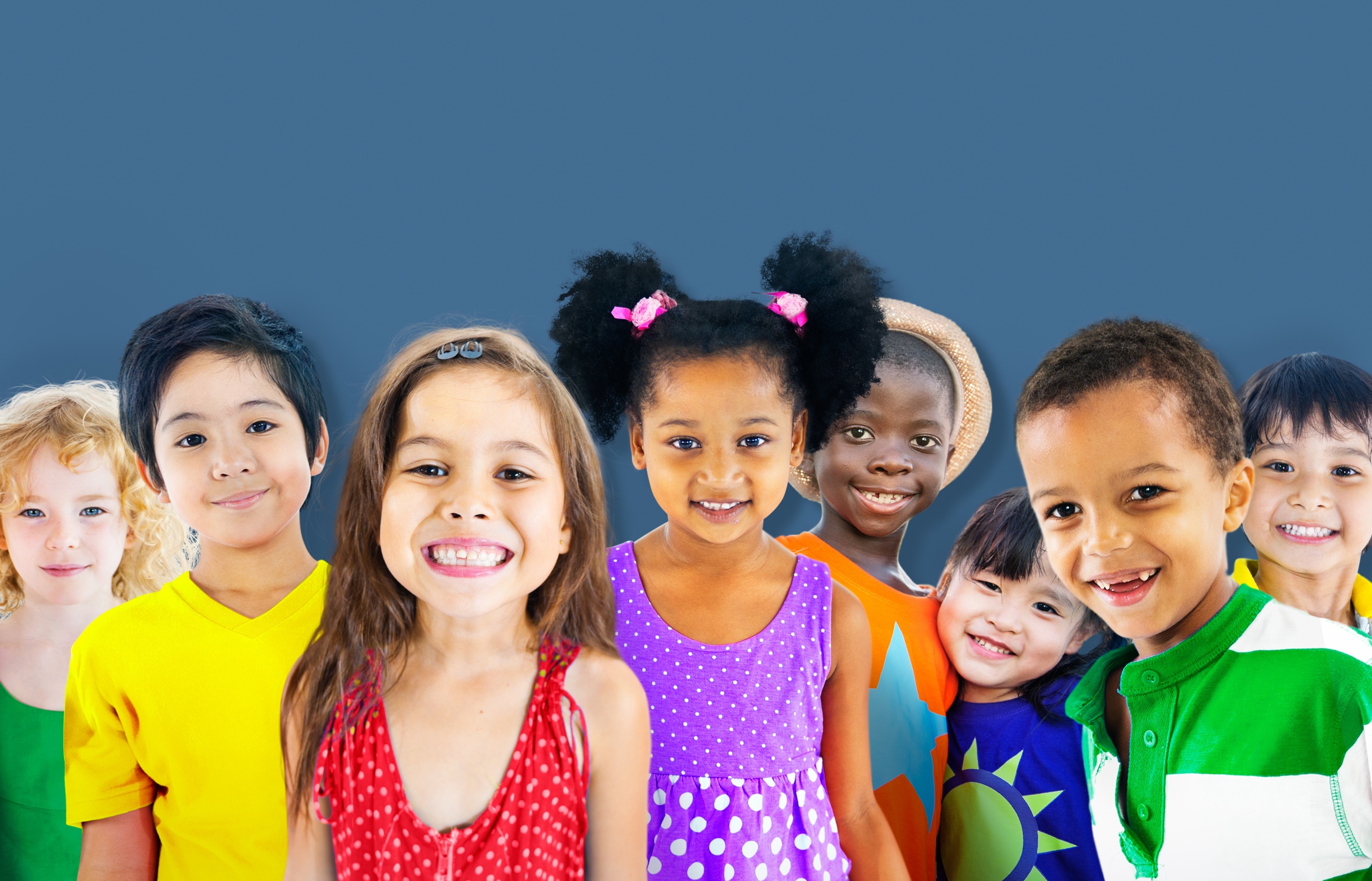Our world is constantly changing, and, as it becomes more diverse and interconnected, children need to understand that all people are unique; they have varying abilities, beliefs, and traditions; and they are important as individuals. Children begin to notice differences in their toddler years. As children grow into adults, they will encounter diversity in every aspect of their lives.
Here are some tips to help parents teach children about diversity, model appropriate responses to differences and similarities among peers, and help create a positive perspective on others.
Celebrate differences!
Have open discussions with your child to help him or her understand and respect the differences among all people and also mention the similarities people share. It is natural for your child to notices differences, use this as an opportunity to start a conversation and provide an age-appropriate explanation. If you do not have an answer immediately, tell your child you will think about his or her question and respond soon. If you realize later a response you provided may be biased, tell your child you are also learning to be more inclusive.
Create diversity in your own environment.
Not everyone lives in an area that is culturally diverse. But, as a parent, you can create a diverse environment through play and learning. For example, teach your child basic sign language and arrange play dates with people who are different from you. In addition, children’s books are available that represent a variety of ethnicities and cultures, and they embrace differences and promote acceptance. Visit this website for some books that discuss diversity https://www.pbs.org/parents/thrive/childrens-books-about-race-and-diversity
Teach your children about empathy.
You can teach your children about empathy by modeling empathetic or compassionate behavior. For example, volunteer at a soup kitchen or collect dog or cat food to stock an animal shelter. Caring for animals and plants can teach children how to care for or help another living thing grow and thrive. When your child is excited or upset or experiences a strong emotion, name and discuss those different feelings. Help him or her understand that others have these feelings too and try to consider how others may feel in a similar situation. Use playtime to teach empathy. For example, as a fun game, tape emoticons (which are used in everyday texting and posting) on the wall and ask your child to demonstrate those feelings and what kinds of thing may make him or her feel that way.
Unlearn your own biases.
We are currently living in an era of acceptance and celebrating diversity can create confusion for some individuals if they have lived in a culture flooded with or experienced years of negative imagery and discrimination. Help yourself! Explore diversity and learn as much as you can about differences. Parents can look inward to see where their own bias may lie. Harvard scientists have developed, Project Implicit, which provides quizzes and tools for you to examine your own personal biases. Project implicit tasks and tools can be found here https://implicit.harvard.edu/implicit/featuredtask.html
Keep the conversation going!
Discuss ways you can talk about diversity with your child by expanding the conversation by including friends and family. Join the pursuit of celebrating differences through solidarity by recognizing and attending events in your community that promote unity. Attend an arts festival, visit nearby cultural centers, tour museums, or explore different foods from around the world.
Additional Resources
We are different, we are the same: Teaching Young Children about Diversity.
How to Teach Children about Cultural Awareness and Diversity.
https://www.pbs.org/parents/thrive/how-to-teach-children-about-cultural-awareness-and-diversity
How to Talk to Kids about Tolerance, Acceptance and Diversity.
References
de Novais, J. & Spencer, G. (2018). Learning race to unlearn racism: The effects of ethnic studies course-taking. The Journal of Higher Education, 90(6), 860-883. https://doi.org/10.1080/00221546.2018.1545498
Krieger, N., Carney, D., Lancaster, K., Waterman, P. D., Kosheleva, A., & Banaji, M. (2010). Combining explicit and implicit measures of racial discrimination in health research. American Journal of Public Health, 100(8), 1485–1492. https://doi.org/10.2105/AJPH.2009.159517
Warren, C. A. (2014). Towards a pedagogy for the application of empathy in culturally diverse classrooms. The Urban Review, 46(3), 395-419. doi:http://dx.doi.org.ezaccess.libraries.psu.edu/10.1007/s11256-013-0262-5








